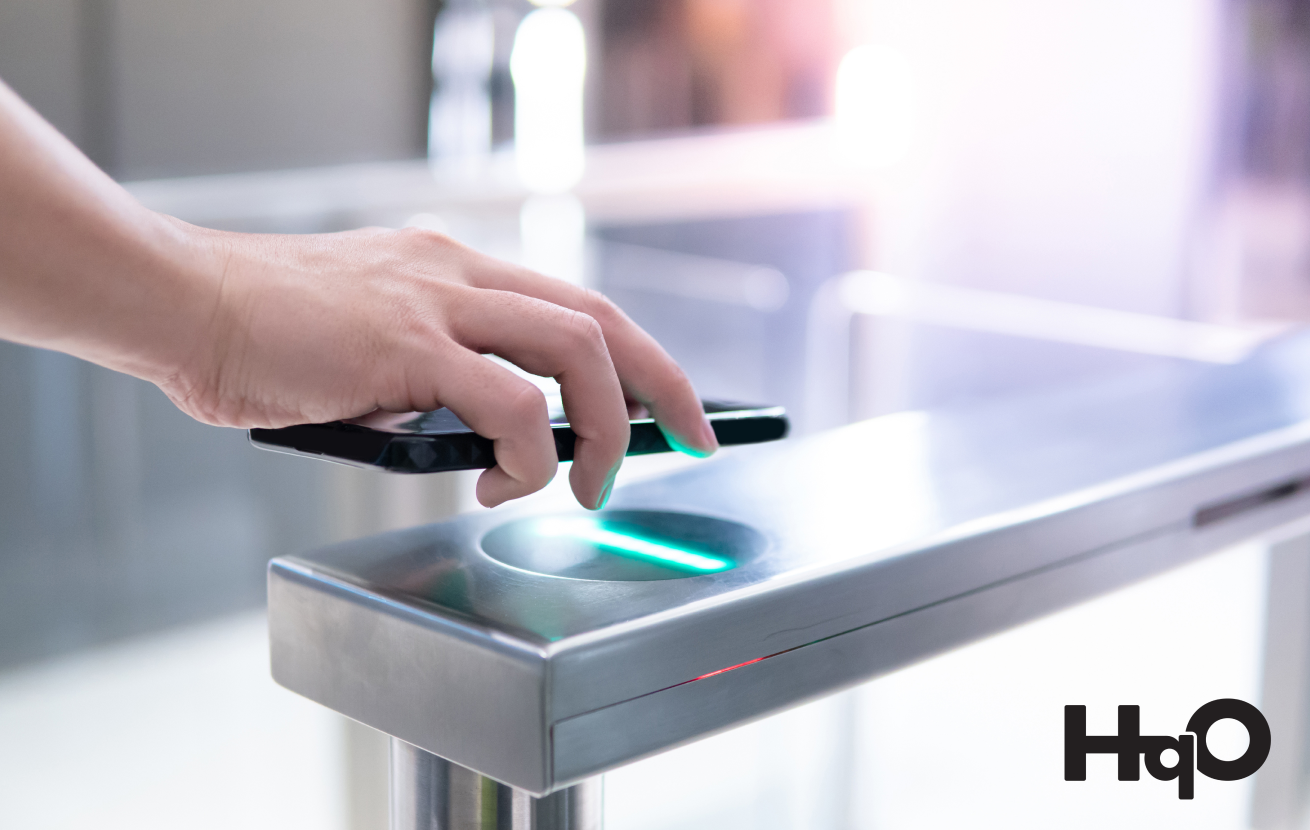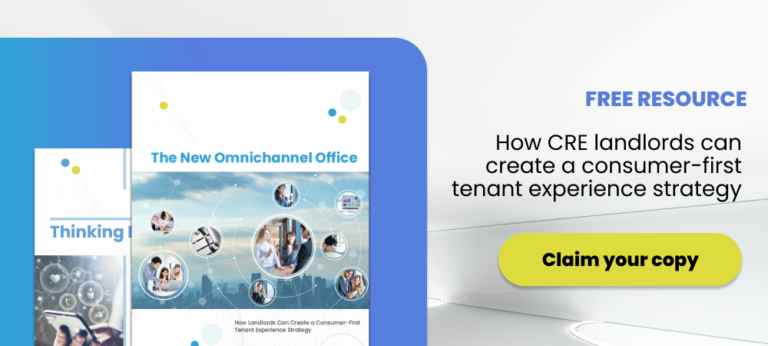The use of technology to bridge the gap between the physical and digital worlds in a unique and interactive way for the end-user is a fairly new practice, but one that is not disappearing anytime soon. “Phygital” workplace experiences — also known as omnichannel office experiences — are growing in popularity due to the usage of technology among consumers, as well as a shift in many industries to match consumer habits by adopting technology that enhances their experience. The modern-day workplace experience is no exception: landlords are rapidly adopting technology in buildings, and smart buildings as we once knew them are consequently evolving once again.
So, what makes a smart building?
Smart building features use technology to optimize building performance, communicate between various technology systems, and ease the everyday processes of building occupants. However, in the aftermath of COVID-19, new health and safety standards have given rise to new types of smart buildings, in which diverse office experiences play a key part. In our modern-day and age, a healthy smart building system promotes true seamless and frictionless experiences.
For instance, an employee returning to work in-person will mostly be concerned with the safety, communication, health, and logistics of their workspace. Before they come into the office, it’s important to ease any anxiety about building capacity, sanitation protocols, and transportation, among other variables. Smart building features play a key role in easing these worries, through capacity management software, clear and timely communication through push notifications to a tenant’s phone, and more.
However, it’s key to note that frictionless office experiences also ensure that those who choose to work in-person are also able to connect with those who remain remote.
Thinking beyond office buildings
These new smart building technologies contribute to the present-day workplace experience through the combination of digital and physical offerings. Here are just a few of the most prominent strategies landlords can use to create these experiences across their assets:
- Using smart technology to save energy in existing buildings: install lighting and temperature control features that can adapt to your tenants’ needs throughout the day.
- Incorporating digital programming: adopting more virtual initiatives will help building communities foster a vibrant, tech-enabled workplace culture.
- Ensuring that the tenant’s office journey is safe and frictionless: implement mobile access technologies and touchless entrance sensors.
- Leveraging technology partners: offer tenants both virtual and in-person activities, such as fitness and wellness classes.
- Increasing your building’s cleaning and sanitation protocols.
The industry is advancing — Don’t fall behind
These strategies illustrate the physical-to-digital theme that will be key for offices in 2021. Smart building technology has allowed landlords to think outside of the physical office infrastructure and establish omnichannel experiences. These “phygital” offerings will continue to differentiate the workplace through their unique nature, flexibility, and ability to recreate community among dispersed tenants and employees. Ultimately, through advanced office building technology, these new-age smart building ideas will come to life as a strategic differentiator for your entire office portfolio.
Learn more about HqO’s growing technology ecosystem, and find out how our partner technologies can work together to help you achieve smart building solutions for your portfolio by scheduling a demo today.




